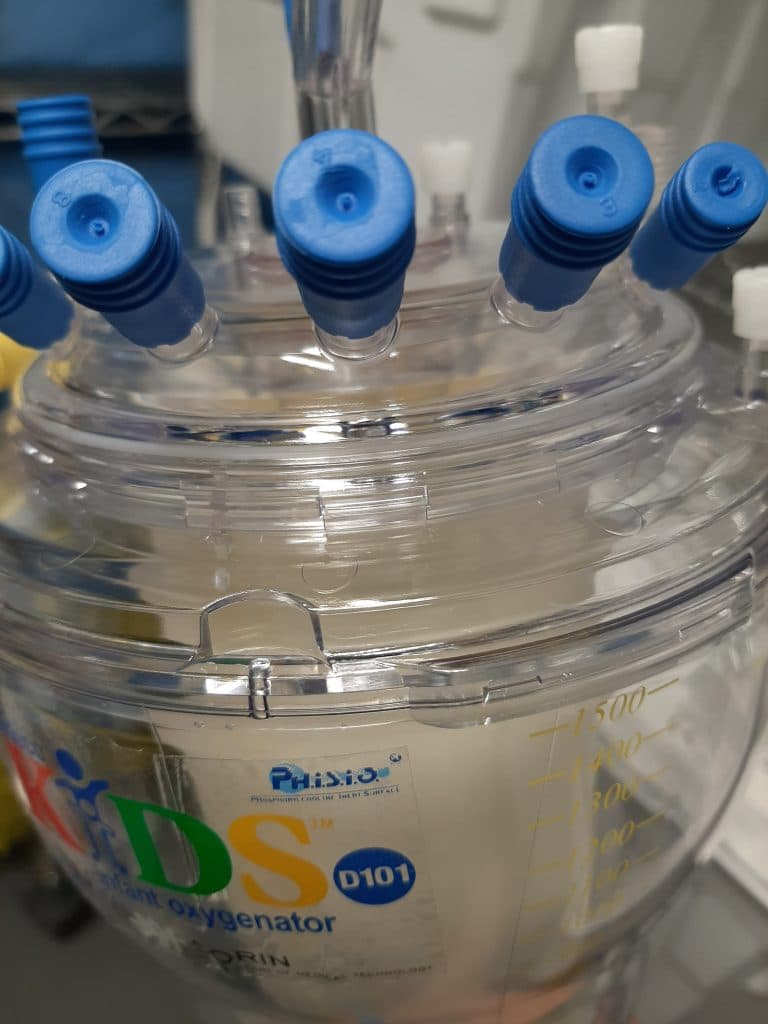Impact of Miniaturized Cardiopulmonary Bypass Circuits on Ultrafiltration During Congenital Heart Surgery

Objective
To investigate whether the miniaturized cardiopulmonary bypass (CPB) system decreased the usage of ultrafiltration (UF), and to explore whether the non-UF with miniaturized CPB strategy could get good clinical results during congenital heart surgery.
Methods
We performed a retrospective analysis of all patients undergoing congenital heart surgery with CPB at Shenzhen Children’s Hospital from 1 May 2015 to 30 September 2019. We classified patients to UF with miniaturized CPB group, non-UF with miniaturized CPB group, UF with conventional CPB group and non-UF with conventional CPB group.
Results
Of the 2145 patients, 721 (33.6%) were in the conventional CPB group, and 1424 (66.4%) were in the miniaturized CPB group. The UF rate was significantly lower in the miniaturized CPB group compared with that in the conventional CPB group (12.5% vs. 76.8%, p < 0.001). Compared with patients in the other groups, patients in the non-UF with miniaturized CPB group had a shorter postoperative MV time (p < 0.05), and a shorter length of stay in the ICU (p < 0.001) and hospital (p < 0.001). The age of children in the UF with miniaturized CPB group was relatively younger (median: 1.5 months, IQR: 0.3-4.6 months), and the preoperative weight was relatively lower (median: 3.9 kg, IQR: 3.2-5.4 kg). Moreover, this group of children had a relatively longer postoperative MV time and length of stay in the ICU and hospital.
Conclusion
The miniaturized CPB system could decrease the usage of UF. Good results were achieved in children who did not use UF based on the miniaturized CPB circuit system during congenital heart surgery.
